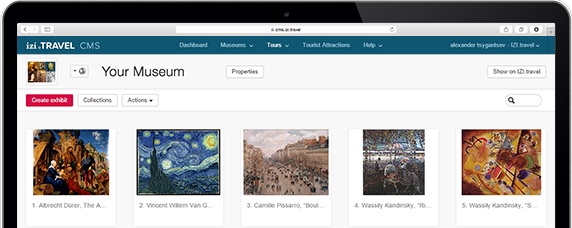Only in English
Robert Boynes
The fact that Robert Boynes’s work is held in every major art collection across Australia, a number of international institutions, corporate bodies, private collectors and numerous Australian Regional Galleries, is a testament to the success of his career. These impressive collections include, but are not limited to, the Museum of Contemporary Art in Chicago, the National Gallery of Australia and all of the many State Gallery collections and Art Museums across Australia. Boynes was already a respected, mid-career artist when he had his first solo exhibition with Access Contemporary Art Gallery in 1996, Brenda May Gallery’s former incarnation.
Boynes began 2015 at Art Stage Singapore with his multipanel installation ‘Long Take – Slow Dissolve’. This solo exhibition encapsulated the aesthetic and energy of a contemporary, urban environment across fifteen canvases, imaging no particular place and therefore lending the strip to reflect any modern metropolis. Recently two works by Boynes from the collections of the Art Gallery of New South Wales and the National Gallery of Victoria were exhibited in the blockbuster exhibition Pop to Popism (2014 – 2015) at the Art Gallery of New South Wales, Sydney.
Boynes’s career has already spanned five decades, accommodating three aesthetically distinctive periods, each making astute comments about contemporary society. Taking cues from his time spent in London, Boynes’s work in the late 1960’s and throughout the 1970’s reflected the neo-pop era, interrogating the allure of consumerism. A physical move to Canberra saw Boynes’s work shift visually, as his previous shallow depth of field and flat, restricted surfaces were replaced with lush painterly ones. Influenced by a trip to Los Angeles, these works were often desolate, but anxious, and began Boynes’s thematic fascination with the city. In the 1990’s Boynes returned to a stripped back surface, imaging lonely crowds of shadowed figures and epic topographical maps of urban environments. Boynes’s work in the 2000’s captured monitoring devices and perversion and his most recent works have visualised a perspectival “zooming-in” of subject matter, from the vast aerial views, implicating the hum and chaos of the city, to the people and sights that occupy it. Capturing a sense of motion and flux, each canvas stands alone as a fleeting moment or can be configured with others to create storyboards of filmic ‘frames’.
Take a look at his artworks: www.brendamaygallery.com.au
Boynes began 2015 at Art Stage Singapore with his multipanel installation ‘Long Take – Slow Dissolve’. This solo exhibition encapsulated the aesthetic and energy of a contemporary, urban environment across fifteen canvases, imaging no particular place and therefore lending the strip to reflect any modern metropolis. Recently two works by Boynes from the collections of the Art Gallery of New South Wales and the National Gallery of Victoria were exhibited in the blockbuster exhibition Pop to Popism (2014 – 2015) at the Art Gallery of New South Wales, Sydney.
Boynes’s career has already spanned five decades, accommodating three aesthetically distinctive periods, each making astute comments about contemporary society. Taking cues from his time spent in London, Boynes’s work in the late 1960’s and throughout the 1970’s reflected the neo-pop era, interrogating the allure of consumerism. A physical move to Canberra saw Boynes’s work shift visually, as his previous shallow depth of field and flat, restricted surfaces were replaced with lush painterly ones. Influenced by a trip to Los Angeles, these works were often desolate, but anxious, and began Boynes’s thematic fascination with the city. In the 1990’s Boynes returned to a stripped back surface, imaging lonely crowds of shadowed figures and epic topographical maps of urban environments. Boynes’s work in the 2000’s captured monitoring devices and perversion and his most recent works have visualised a perspectival “zooming-in” of subject matter, from the vast aerial views, implicating the hum and chaos of the city, to the people and sights that occupy it. Capturing a sense of motion and flux, each canvas stands alone as a fleeting moment or can be configured with others to create storyboards of filmic ‘frames’.
Take a look at his artworks: www.brendamaygallery.com.au
Download the free izi.TRAVEL app
Create your own audio tours!
Use of the system and the mobile guide app is free


